1. DJ Controller: The Heart of Your Setup
A DJ controller is the backbone of your setup, combining multiple functions into one easy-to-use device. It mimics traditional turntables and mixers but in a compact, beginner-friendly format.
What to look for in a DJ controller:
- Jog wheels – These let you scratch and cue tracks like a vinyl turntable.
- Mixer section – At least a 2-channel mixer with volume faders and EQ controls is essential.
- Performance pads – Used for triggering loops, samples, and effects.
- Inputs & outputs – USB, headphone, and master outputs are a must.
- Software compatibility – Check if it includes or works with DJ software like Serato or Rekordbox.
Best beginner-friendly controllers:
- Pioneer DDJ-200 – Compact and smartphone-compatible, great for learning.
- Numark Party Mix – Built-in light show makes it fun for house parties.
- Hercules DJControl Inpulse 200 – Comes with an intelligent mixing assistant.
2. Headphones: Your Personal Sound Monitor
A good pair of DJ headphones helps you cue up tracks and beatmatch accurately, even in a noisy environment.
What to consider:
- Closed-back design – Blocks out external noise and prevents sound leakage.
- Durability – Look for reinforced cables and sturdy construction.
- Comfort – Cushioned ear cups and an adjustable headband are a must for long sets.
3. Laptop: The Brain of Your DJ System
Your laptop runs your DJ software and holds your music library.
Minimum specs:
- Processor: 2.5 GHz or faster
- RAM: At least 8GB
- Storage: 256GB SSD or more
Mac vs. PC:
- Mac – Reliable, optimized for DJ software, but more expensive.
- PC – More budget-friendly and customizable.
Pro tips:
- Use a sturdy laptop stand to improve airflow and prevent overheating.
- Always back up your music to avoid losing your tracks.
4. DJ Software: Mixing in the Digital Age
DJ software is where the magic happens, letting you mix, blend, and add effects.
Popular options:
- Serato DJ Lite/Pro – Industry favorite, great for hip-hop & EDM.
- Rekordbox – Perfect for those planning to use Pioneer gear.
- Virtual DJ – User-friendly and feature-packed.
- Algoriddim djay Pro AI – Best for Apple users.
Free vs. Paid:
- Free versions are good for beginners, but paid software unlocks pro features.
5. Audio Interface: Connecting Your Gear
An audio interface improves sound quality and allows you to connect external equipment.
Key features to look for:
- USB or Thunderbolt – USB is more common; Thunderbolt is faster.
- Balanced outputs – Reduces noise for cleaner sound.
- Low latency – Ensures real-time audio processing.
6. Speakers: Sharing Your Sound
Good speakers help your mixes sound great to your audience.
Active vs. Passive:
- Active speakers – Built-in amplifier, easy to set up.
- Passive speakers – Require an external amplifier but offer more customization.
Choosing the right size:
- 8″ or 10″ speakers – Best for small spaces and house parties.
- 12″ or 15″ speakers – Needed for larger venues and club setups.
7. Microphone: Adding Your Voice to the Mix
A microphone lets you hype up the crowd and interact with your audience.
Types to consider:
- Dynamic mic – Durable, great for live gigs.
- Condenser mic – Higher quality, better for recording.
- Wireless mic – Gives you freedom to move around.
Accessories:
- Pop filter – Reduces plosive sounds.
- Shock mount – Prevents vibrations and handling noise.
8. Cables and Adapters: Essential Connectors
Having the right cables ensures your setup runs smoothly.
Must-have cables:
- RCA cables – Connect controllers to speakers/mixers.
- USB cables – For laptop and controller connections.
- XLR cables – For microphones and pro audio gear.
- Aux cables – Handy for extra audio sources.
Pro tip:
- Invest in high-quality, shielded cables to prevent noise issues.
- Use cable ties to keep things organized.
9. DJ Mixer: Expanding Your Setup
A DJ mixer allows you to connect multiple decks and add effects to your mixes.
Key features:
- 2-channel or 4-channel – More channels mean more mixing possibilities.
- Built-in effects – Filters, echoes, and reverbs enhance your performance.
- Analog vs. Digital – Analog offers warmth, digital provides advanced features.
10. Portable Storage: Safeguarding Your Music
Your music library is your most valuable asset—keep it safe!
Storage options:
- External Hard Drives – More storage for a lower price.
- SSDs – Faster, more durable, and better for travel.
Backup strategies:
- Use the 3-2-1 rule: 3 copies, 2 different types of storage, 1 off-site backup.
- Consider cloud storage (Dropbox, Google Drive) for extra security.

